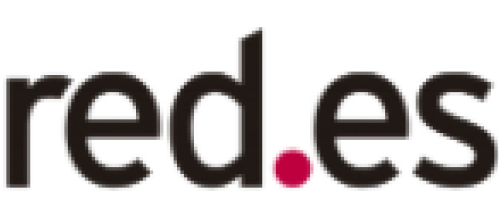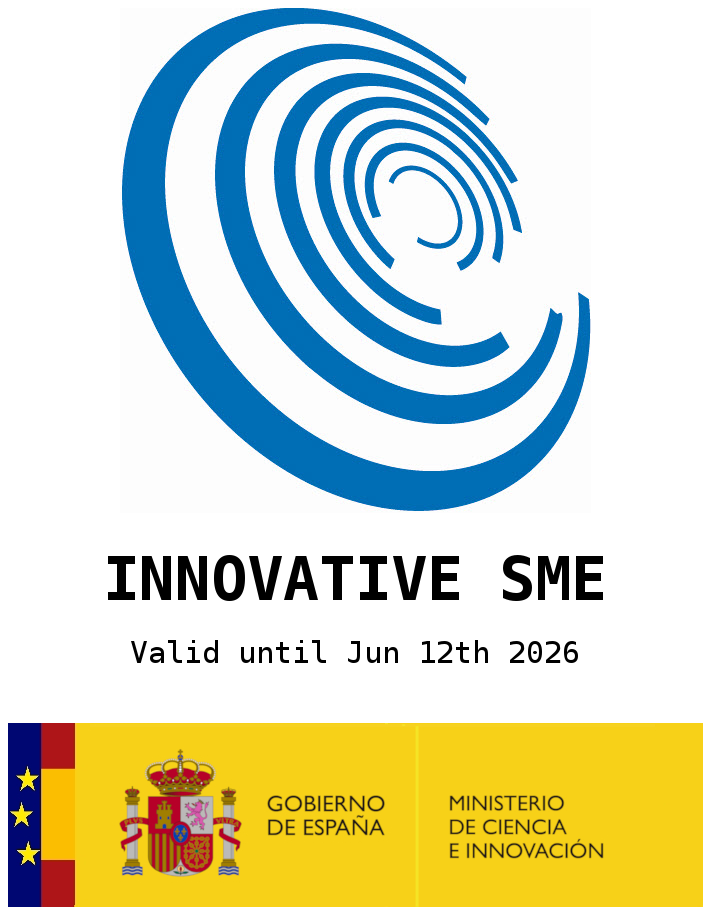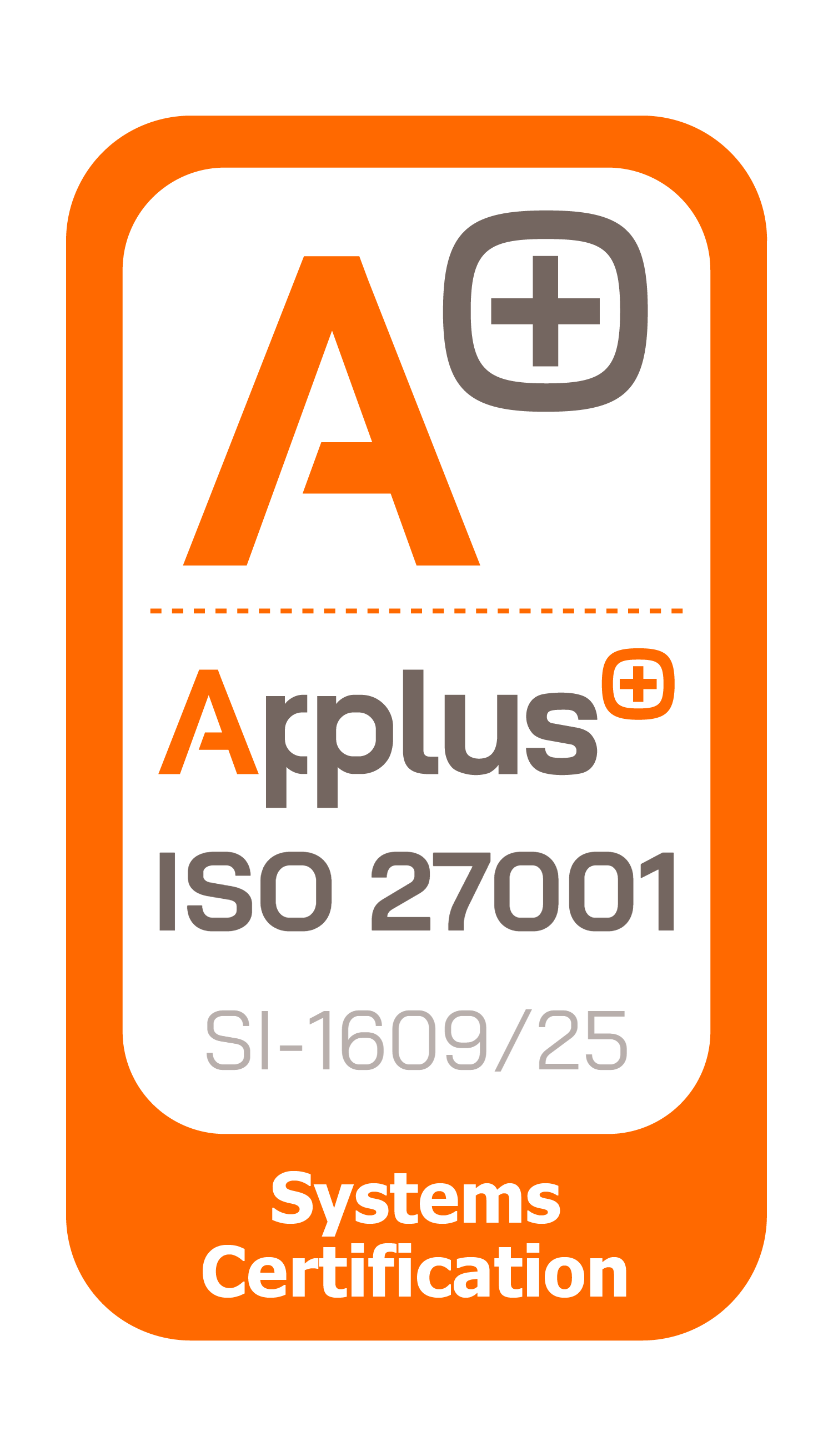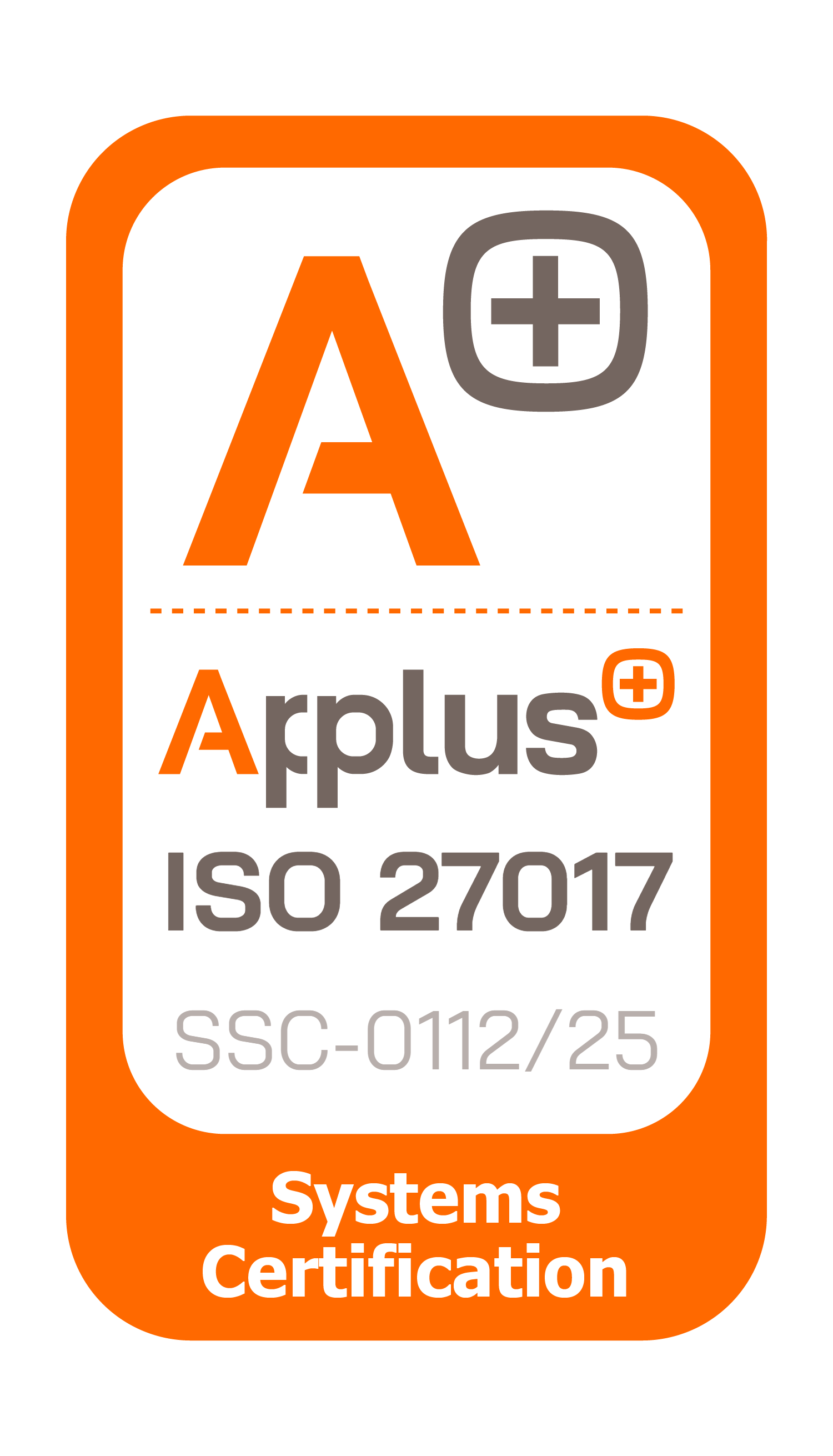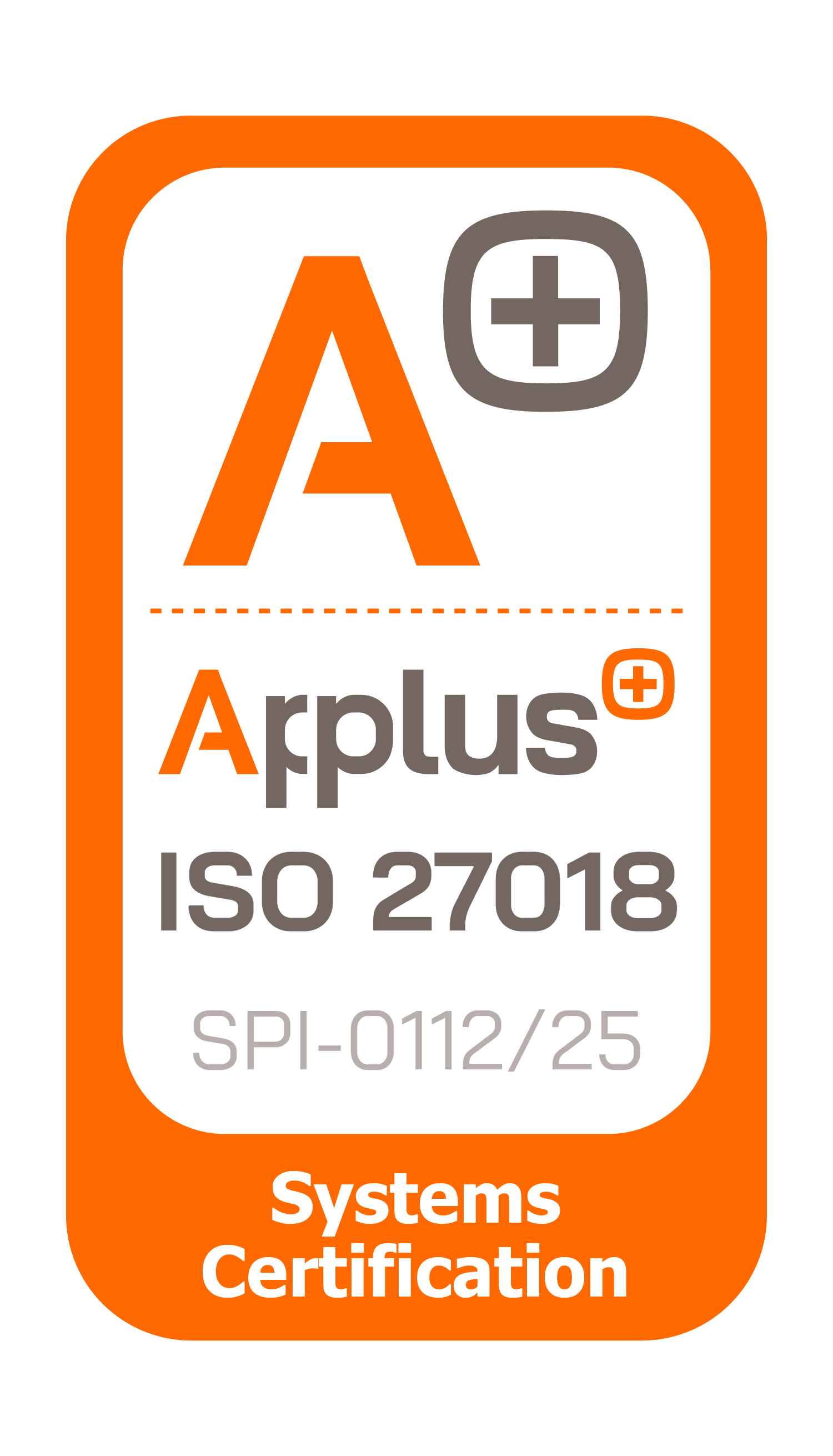A few days ago we had a webinar session with a significant number of customer service managers from the Telco sector. The session was organized in the format of an open interview with one of our main customers who kindly offered to share his customer service automation and digitization experience.
At one point during the conversation, one of the participants asked how much the AHT (average duration of calls answered by call center agents) had been reduced, to which the answer was 6%. After finishing the session we were talking about this, as this figure of 6% seemed to be not such a big improvement result, to which I responded that even if it would have gone up, it could still be quite a good indicator.
This apparent contradiction shows how digitization and automation completely change the way we manage our customer service, even forcing us to rethink which KPIs are really critical and how they should be measured.
What happens with the AHT?
In the first place, when a high level of automation and digitization is applied, a large part of the customer service interactions begin to be resolved from digital channels (the so called “digital absorption”). But the level of effectiveness of these channels depends on how effective they are in uncovering and resolving a wide variety of problems and thereby minimizing call center call volume.
As this process becomes more intense, the types of calls that arrive at the CallCenter tend to be more and more specific and typically focus on those more complex cases where automation has not yet been able to reach, making the average time for this type of calls higher than the average prior to starting the digitization process.
In a scenario where the absorption of digital channels and other unattended channels, such as the IVR, has a great weight, the AHT is no longer a good indicator of the efficiency of the overall service process.
A much more significant measure could be the “equivalent AHT”, which results from dividing the total response time for calls to the Call Center by the total number of Customer Service sessions attended among all channels in a given period.
Example, 2,500 calls handled in a day with an average duration of 450 seconds, for a total of 4,900 customer sessions handled across all channels, actually gives us an "equivalent AHT" of 230 seconds.
This is just one of many ways of generating more global indicators that allow us to measure the transversal effect of digitization and automation actions.
And of course, you can and should continue working to lower the AHT of the agents. To do so, you have to continue to understand in depth the typology of root causes and situations that compose it, continue advancing in its automation and digitalization, which will make it increase again by taking those root causes out into digital channels and going on and on in the cycle of continuous improvement.

